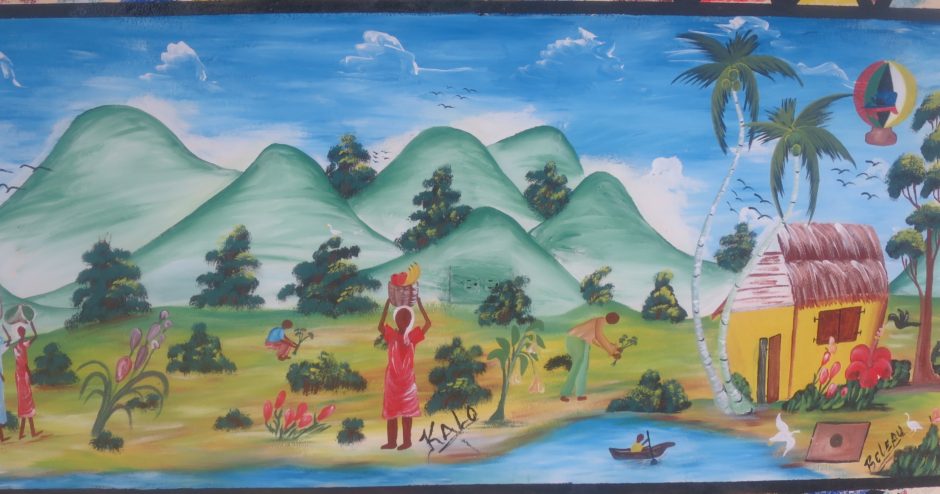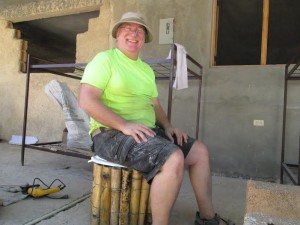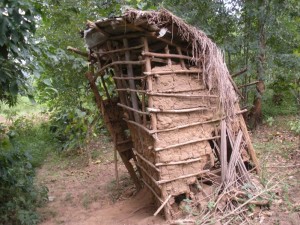by: J.O. Haselhoef
WHAT’s the big deal?
2.5 billion people, mostly in rural areas of developing nations, do not have access to proper sanitation facilities, resulting in 1.7 million children dying annually from sanitation-related diseases.
Let’s get more specific: Imagine you don’t have a toilet. You wake up in the morning and go to your back door and think, “Where can I take care of my personal business today?” You can hear your children getting out of their beds, their little bare feet padding across the floor. The two join you at the back door, hold each of your hands and say:
“Mommy, where shall we poop today?” Your back yard is pretty big, but you want to make certain no one steps in yesterday’s dung. Suddenly Roger, your pet golden retriever, runs in from his doghouse. There’s an odor that accompanies him into your kitchen as you realize he’s already stepped in the dung and brought bits inside.
Open defecation, pit latrines, or the flying toilet, where excrement-filled plastic bags are thrown into road ditches or trash piles are three options to solving your daily need for a toilet in the country. Opportunities are fewer if you live in the city or suburbs. And, they become more complicated if you’re female, when needs for safety must accompany privacy.
In the US, for the most part, we don’t have this problem. In the developing nations, including Haiti, we have the issue but not always the solution. For example, 85% of Haitian rural residents don’t have access to toilets. 100% of Haitian drinking water is already contaminated with coliform bacteria.
For the poor, the cost of sanitation seems low on the list of household necessities. Many are aware that feces often carry disease. But, if you’re faced with putting food on the table (at a relatively low daily cost) or purchasing a toilet (at a relatively high cost), the first will happen and not the second.
At Youthaiti, we’ve advocated, and made available, three types of ecological toilets (the dry toilet, the arborloo, and the bucket toilet), all of which have shown economic and health benefits. Cost and acceptance have often stood in the way. Community Led Total Sanitation (CLTS) holds promise for achieving effective local buy-in (see CLTS Starts Smoothly Near Duchity) but requires consistent determination coupled with long-term effort.
WHERE can you get involved?
- Forward this email to one or many of your contacts.
- Post on https://www.facebook.com/youthaiti/?fref=ts or send an email to gigi@youthaiti.org. Tell us a story about your toilet, why you appreciate it, or just send us a photo (no open lids, please!)
- Donate to Youthaiti to put into reality an effective sanitation community in Duchity, Haiti.


